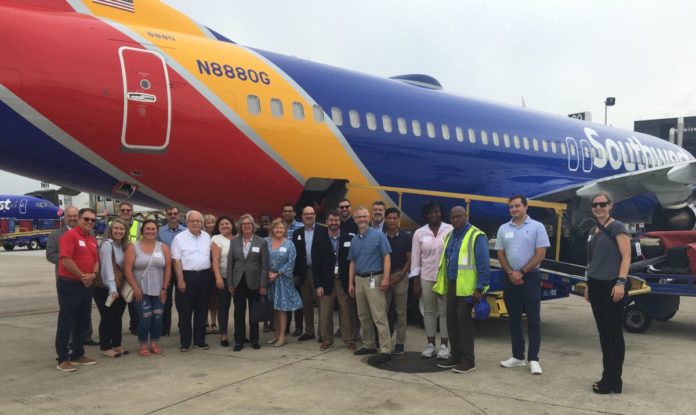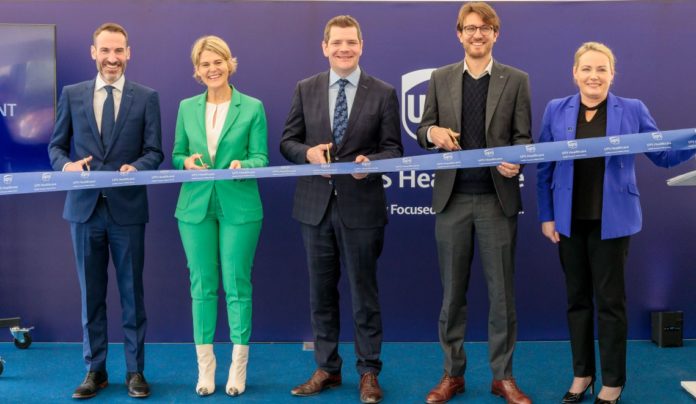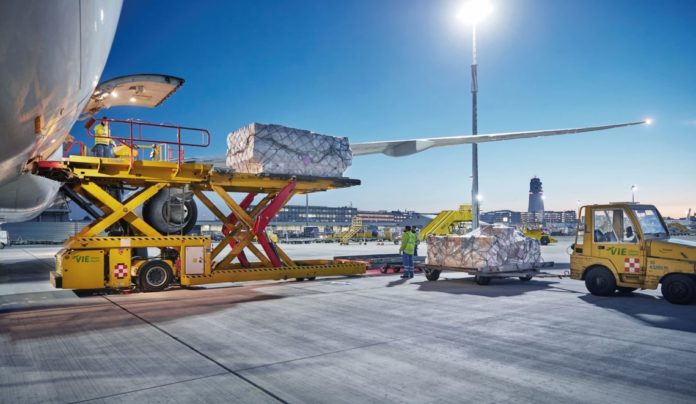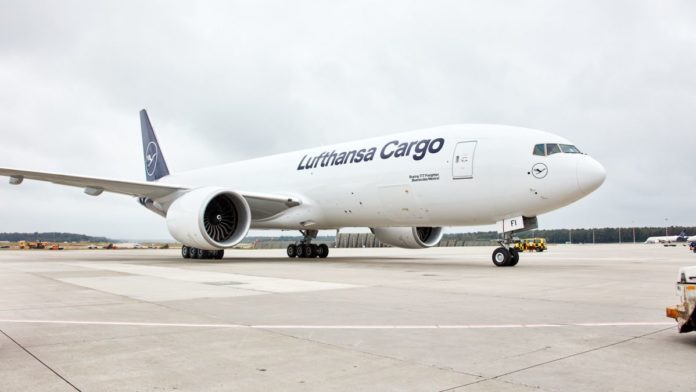President Biden has signed into law legislation sponsored by the Airforwarders Association (AfA) working with the National Customs Brokers and Forwarders Association.
The Federal Aviation Administration Reauthorization legislation aims to modernize the US aviation system and tackle airport truck congestion. It authorizes more than$105 billion in appropriations for the FAA for the next four years, including $19.35 billion for airport infrastructure improvement grants to support more than 3,300 airports across the US. Under the new law, the General Accountability Office will begin a large-scale assessment of air cargo operations across the US with a section dedicated to truck delays and the lack of infrastructure. It gives the current administration a year to carry out the investigation and take the necessary steps to tackle the problem.
The AfA has repeatedly called on the Biden administration to invest in infrastructure to improve the US supply chain and reduce unnecessary delays and costs.
AfA executive director Brandon Fried, said: “This legislation is music to our ears. We have been working relentlessly with our members and the NCBFAA to make sure it is supported and passed.
“Unnecessary costs from delays and inefficient loading bays ripple down the supply chain to our local stores and shoppers, which means prices are increasing because of tired infrastructure that needs a 21st century refit – this is the first step on the long road ahead.
“Our members are working around the clock to make sure we stay competitive and have a world-class logistics and supply chain industry, and we need Capitol Hill to invest as well, to keep prices low and our sector efficient.”
AfA president, Bob Imbriani, confirmed: “This is a major step forward in addressing the cargo congestion problem that has existed for quite some time at many airports across the country. The AfA is proud to be the primary sponsor of this legislation and it is only through the support of our members and the hard work of our executive director, legislative consultant, industry partners and board of directors that we can successful in addressing issues such as this that are of vital concern to our industry.”















